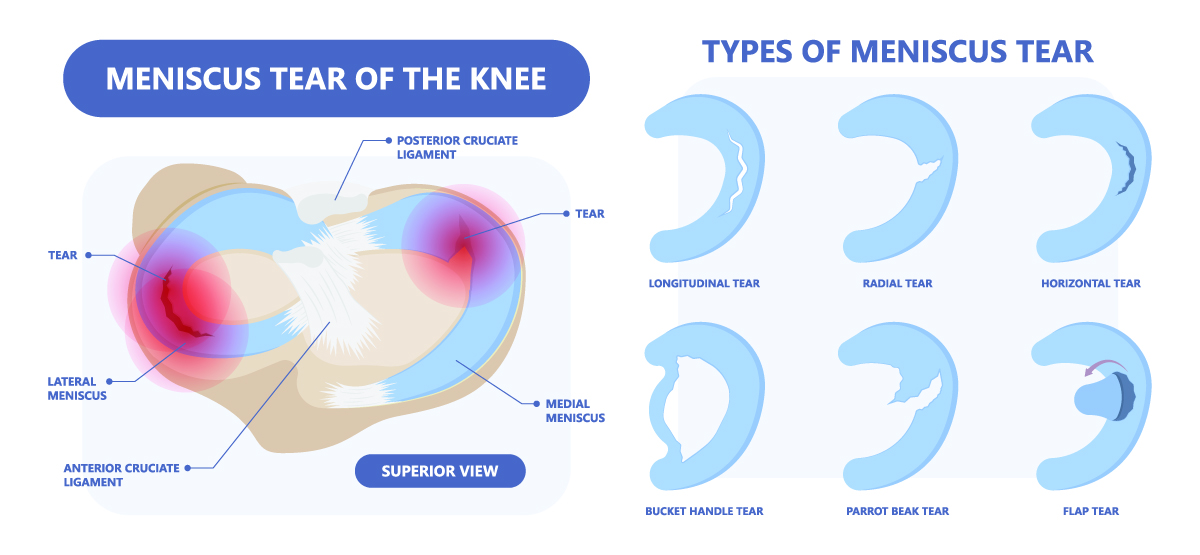Physical Therapy for Knee Pain
Receive 1:1 care by a Doctor of Physical Therapy and live pain-free again
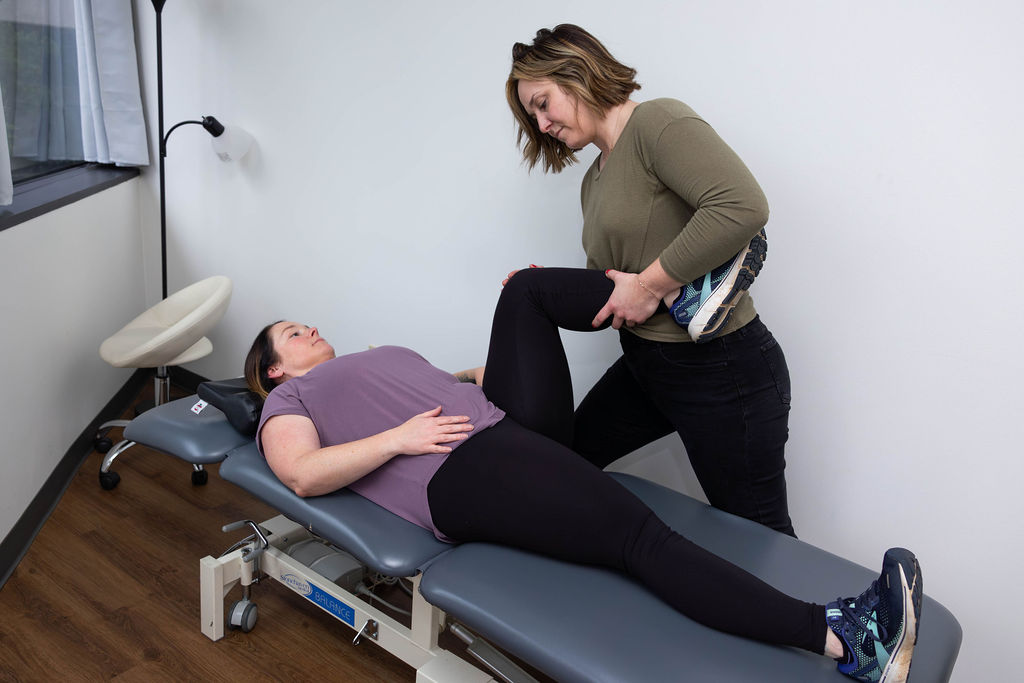
Physical Therapy for Knee Pain
Receive 1:1 care by a Doctor of Physical Therapy and live pain-free again.
ResilientRx can help you get rid of your knee pain!
Is your knee pain limiting you from squatting? Are you worried that running will aggravate your knee? Many times it is due to not knowing proper form or having enough ankle or hip mobility. Learn more about how we can help below.
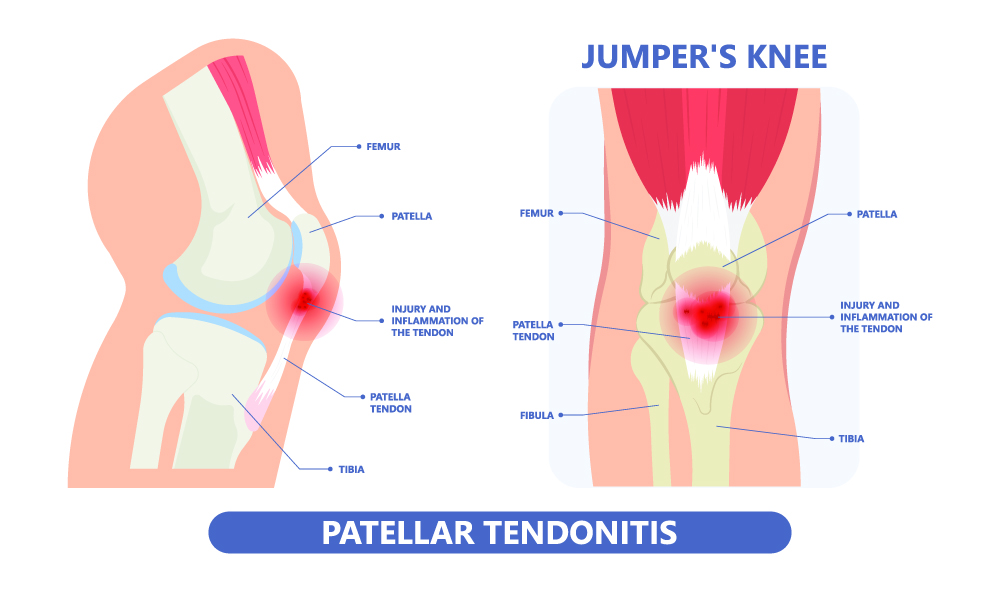
Patellar Tendinitis
Patellar Tendinitis
What Is It?
Patellar tendinitis, more broadly termed patellar tendinopathy, occurs when there is overuse or excessive strain to the patellar tendon. The patellar tendon links the quadricep muscles to the lower leg by way of the patella bone or knee cap. It’s primary role is to assist with knee extension. The patellar tendon also stores and releases energy during activities such as running and jumping. Like all other tendinopathies, the patellar tendon can be rehabilitated through modifications in movement patterns as well as optimal loading. Exercises that load the tendon appropriately will improve the health and capacity of the tissue to handle the stressors of daily life and sporting activities.
Many people complain of:
- Pain localized in the front of the knee, just below the patella
- Discomfort with prolonged sitting
- Aching when navigating stairs, especially going down
- Pain with squats
Patellofemoral Pain Syndrome
What Is It?
Patellofemoral pain syndrome is an umbrella term that refers to pain arising from the knee cap and surrounding tissues. It usually is not associated with a specific mechanism of injury or traumatic event, but tends to come on gradually and worsen with continued activity. As much as 85% of the population may experience some type of patellofemoral pain. Individuals often will experience pain with activities that involve loaded, impactful, or repetitive movements that involve knee flexion such as running or squatting. Patellofemoral pain is often poorly defined, meaning that it may jump around and change locations and severity at any given point. It has a high recurrence rate, especially in individuals who simply rest or refrain from the pain-provoking activities. The best way to manage and overcome patellofemoral pain is to strengthen and improve the neuromuscular control of the muscles of the hip and leg.
Many people complain of:
- Being limited in squatting, sitting, climbing stairs, or running
- Pain felt on the undersurface of the knee cap, along the outside borders, or even behind the knee
- Discomfort that varies from dull to sharp, depending up the activity and level of irritation
- Occasional swelling and clicking sensation in the front of the knee
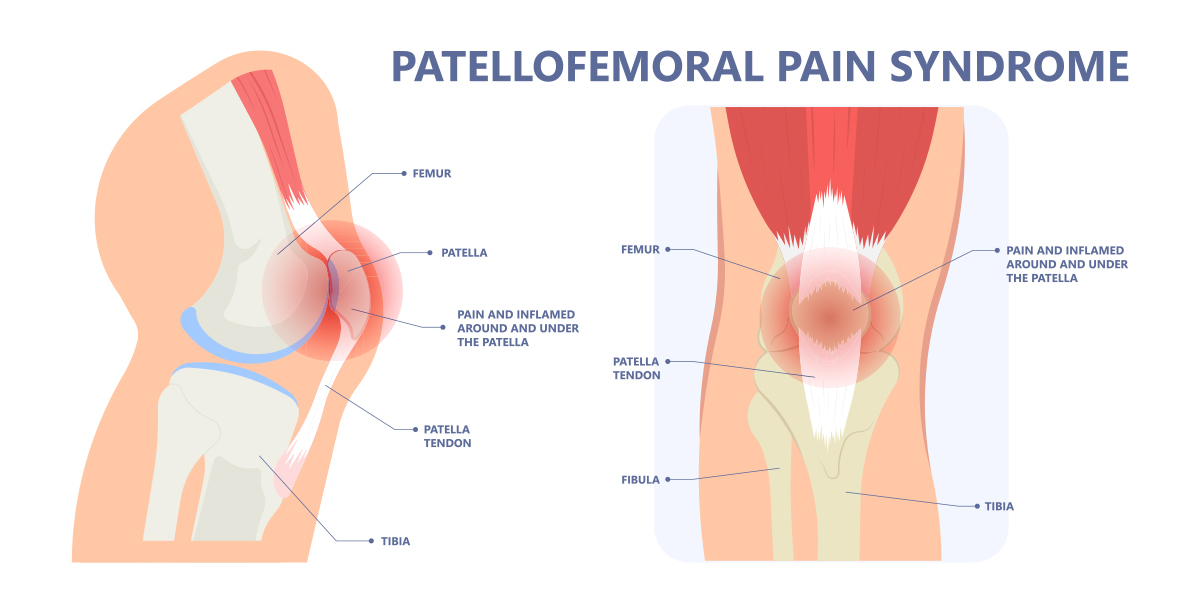
Patellofemoral Pain Syndrome
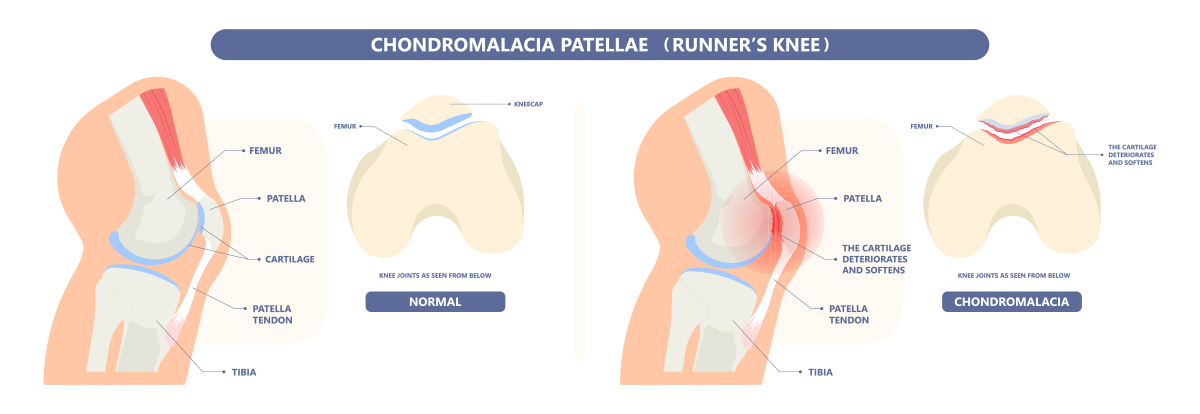
Chondromalcia Patellae
Chondromalcia Patellae
What Is It?
Chondromalaica Patellae is a condition in which individuals experience pain in the front of the knee due to physical changes of the patellofemoral joint. The cartilage along the underside of the patella softens, which can cause pain, swelling, and biomechanical changes in the joint. This cartilage allows for smooth movement of the patella over the top of the knee joint (femur and tibia bones). When changes to these structures occur, the patella may not track as well which can lead to these symptoms. It is important when rehabilitating chondromalacia patellae to strengthen muscle groups like the quadriceps, hamstrings, and glutes to ensure optimal patellar tracking.
Many people complain that they experience:
- Pain in the front of the knee, along the sides or underneath the knee cap
- Increased feeling of friction or grating sound in the knee cap, known as crepitus
- Pain with activities such as squatting, kneeling, running, or stair climbing
- Mild swelling in the front side of the knee
Meniscus tears
What Is It?
Meniscal tears are structural changes or damage to the meniscus of the knee. The meniscus acts as a shock absorber and some tears can impact the mechanics of how the knee joint functions. They can occur from traumatic injury such as a twisting of the leg when the foot is planted, or from degenerative changes. There are many different types of tears that vary depending on the size of the tear, amount of tissue involved, and the location and direction of the tear. It is important to note that since not all tears are the same, not all will require surgery. In fact, research supports the use of conservative management such as physical therapy over surgery for better outcomes, especially for degenerative tears.
Many people complain of:
- Locking, catching, clicking, or inability to straighten their knee
- Pain on the inside or outside of the leg, depending upon the location of the tear
- Discomfort with end-range knee flexion and/or extension
- Quadricep muscle weakness or atrophy
